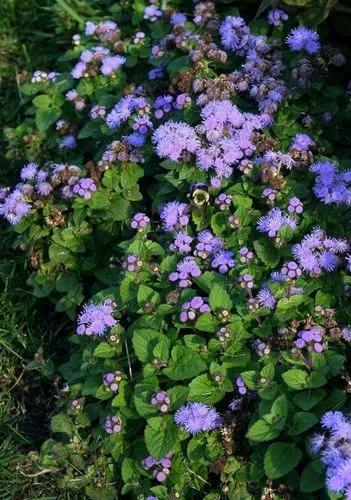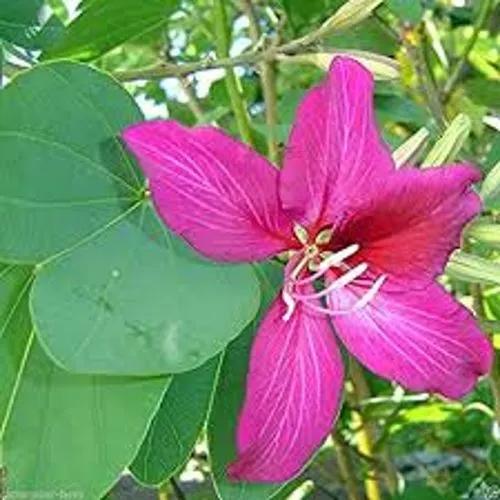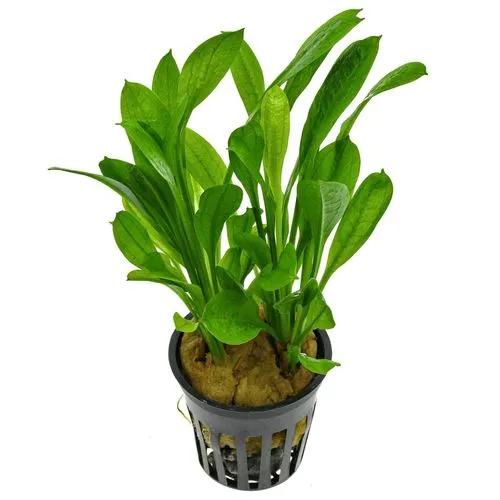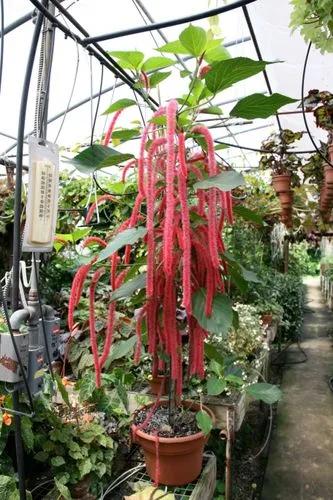Bog rosemary plants, also known as marsh Andromeda because of the species name, are creeping evergreens. Low to the ground (no taller than a couple of feet), they thrive in soggy areas in the landscape. This native is found growing wild in the northeast United States. It also is native to parts of Europe and Asia. The new growth of these marsh Andromeda shrubs is usually lime green, although sometimes you find reddish hues. The growth is covered with a waxy film, and matures into a deep green or blue green with pale downy undersides. The leaves of bog rosemary plants are shiny and leathery. The foliage contains andromedotoxin, a powerful poison, so bog rosemary plants are rarely nibbled on by animals. Bog rosemary blossoms are unusual flowers. You’ll see a half-dozen tiny urn-shaped flowers growing together in a cluster at each stem tip. The flowers appear in May, each about ¼ inch long and pale pink. The fruits of marsh Andromeda are small bluish dried capsules that turn brown in October. Neither the flowers nor the seeds are particularly showy.
Bog-rosemary Care
Andromeda Polifolia



How to Care for the Plant

Water

Depending on rainfall, new plants need to be watered weekly through the first growing season. A slow, one-hour trickle of water should do the job. During hot spells thoroughly soaking the ground up to 8” (20 cm) every few days is better than watering a little bit daily. Deep watering encourages roots to grow further into the ground resulting in a sturdier plant with more drought tolerance.

Pruning

Pruning may be needed to remove dead branches, encourage bushier growth, promote more flowers, or maintain a specific size or shape.

Fertilizer

Established trees should be fertilized every 2-3 years. Feed in early spring when plants start growing.

Sunlight

Sun to Part Shade

Soil

Slightly acidic, organic-rich soil.

Temperature

Lowest Temperature:-50° to -40°F (-46° to -40°C)

Additional

A toxin, called 'andromedotoxin' can be released from the plant if it is infused in boiling water

Popularity

135 people already have this plant 39 people have added this plant to their wishlists
Discover more plants with the list below
Popular articles






